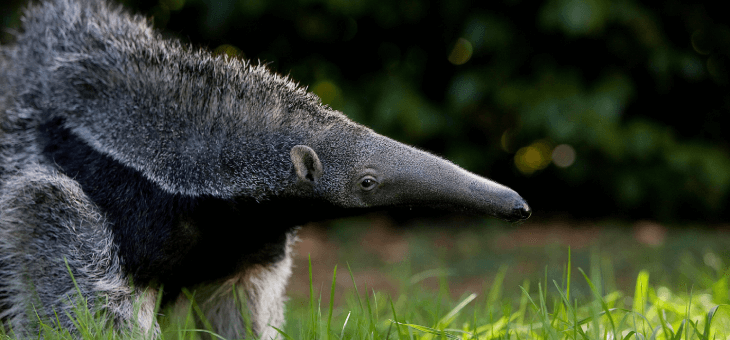Looks can be deceiving.
Most animals are much less dangerous than they appear, and fit the old adage that they’re ‘more scared of you than you are of them’, but nature still throws up the occasional critter that conceals its dangers behind a fluffy facade.
These animals are wolves in sheep’s clothing. Ironically wolves are not nearly as fearsome as their reputation suggests, but you get the picture.
1. Box jellyfish

Some 95 per cent water with no hearts and no brains, jellyfish are strange creatures even by the standards of the sea. There are plenty of alarming-looking specimens, from the elephantine lion’s mane jellyfish, fiery red tentacles stretching 60 feet in length, to the eerie purple ridges on the Portuguese man o’ war.
The box jellyfish is not one of them. Small and see-through, with all the visual threat of a floating plastic bag, this unobtrusive jelly is in fact the ocean’s deadliest, with venom among the most potent of any animal on Earth.
In the Philippines alone, the US National Science Foundation has estimated 20 to 40 people are killed by the box jellyfish each year.
Read: Zoo hotels where you can watch the animals from your room
2. Slow loris

Doe-eyed, as sedentary as the name suggests, and preyed upon by large chunks of the rainforest food chain, there are probably items in your fridge that look more intimidating than the slow loris.
But the plodding tree-climber is also the only primate on earth to boast a toxic bite – which in extreme cases can cause anaphylactic shock in humans, sometimes resulting in death.
Chemically similar to cat allergens, the venom is secreted from a gland on the loris’s arm, which the animal will suck before going on the attack. Perhaps not so cute after all.
3. Assassin bug
View this post on Instagram
You may know that mankind’s greatest predator is in fact the humble mosquito – buzzing, biting bloodsuckers that transmit everything from malaria to yellow fever – but it’s not the only insect to punch well above its weight.
Though hardly cuddly (in appearance or name), assassin bugs look like run-of-the-mill garden beasties. But some species are carriers of a parasite which causes Chagas disease, an infection that claims around 10,000 lives globally each year.
4. Giant anteater

Popular with kids thanks to its comical, oblong snout, the one thing you don’t see in the picture books is the giant anteater’s intimidating size.
This bug-munching mammal can grow to more than two metres in length, and although confrontations are rare, a threatened anteater will rear up onto its hind legs and defend itself with razor sharp claws.
In 2012, a Brazilian man was reportedly killed by an anteater near the border with Peru while out hunting with his dogs, the second anteater fatality in as many years.
Read: Travel SOS: Travel photos you really shouldn’t take
5. Elephant

Elephants may be intelligent and look adorable but they also sport tusks longer than you are and can bowl over a car with a single charge.
Indeed, Sir David Attenborough recently described an elephant as the scariest animal he’d ever encountered, after once being on the wrong end of ‘a dummy charge’. In an interview with BBC Radio 1 he said: “They come running at you at the speed of a motor car, ears flapping and trunk up.”
Most people know to handle elephants with care, but we’re guessing plenty don’t realise just how dangerous they are. Annual estimates of fatalities range from 100 to 500.
Read: Weird and wonderful animals from around the world
6. Duck-billed platypus

An evolutionary collage of mismatched body parts, the duck-billed platypus is among the silliest of nature’s creations, and looks harmless. But the males can dish out venomous and exceptionally painful stings from spurs hidden by their heels.
Described by the American Chemical Society as “like hundreds of hornet stings, leaving victims incapacitated for weeks,” the stings are not lethal to humans, but they could prove fatal to smaller mammals such as dogs. Don’t judge a book by its cover, and don’t judge a platypus by its ridiculous bill.
– With PA
If you enjoy our content, don’t keep it to yourself. Share our free eNews with your friends and encourage them to sign up.

